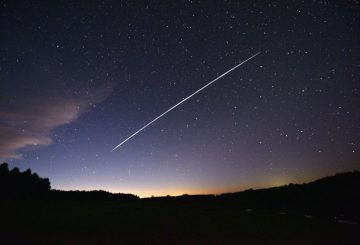뉴질랜드 카이파라에 제안된 7억 3천만 달러 규모의 폐기물 에너지 소각장이 현실화에 가까워지고 있습니다.오클랜드와 노스랜드의 쓰레기를 태워 전기를 생산하는 이 발전소는 잠재적으로 뉴질랜드 최대 규모의 발전소가 될 수 있습니다.카이파라 시장 크레이그 슨 (Craig Jepson) 에 따르면 건설은 2년 안에 시작될 수 있다고 한다.
Jepson은 정부에 공장 승인 절차를 신속하게 진행할 것을 촉구하고 있습니다.카이파라 지역 의회는 해외 소유 기업 중 과반수를 차지하는 사우스 아일랜드 리소스 리커버리 리미티드 (SIRRL) 와 협력하여 공장을 건설하고 있습니다.이 시설은 2028년까지 가동될 수 있습니다.
SIRRL 이사회 이사인 폴 테일러 (Paul Taylor) 는 오클랜드와 노스랜드 시장이 회사에 북섬의 잠재적 폐기물 에너지 처리 플랜트에 대한 타당성 조사를 위한 데이터를 제공하도록 요청했다고 말했습니다.다음 단계는 시장이 각 시의회 및 지역사회와 협의하여 결정할 것입니다.
제안된 카이파라 시설은 매년 오클랜드와 노스랜드에서 나오는 약 730,000톤의 쓰레기를 처리할 것입니다.이는 사우스 캔터베리의 와이메이트 (Waimate) 근처에 제안된 3억 5천만 달러 규모의 폐기물-에너지 소각장에서 처리할 금액의 두 배에 달합니다.Waimate 소각로의 운영 여부에 대한 결정은 현재 정부에 있습니다.
제로 웨이스트 (Zero Waste) 옹호자인 수 코츠 (Sue Courts) 는 폐기물을 에너지로 변환하는 소각로가 환경과 건강에 미치는 영향에 대해 우려를 제기했습니다.그녀는 또한 주요 인프라 프로젝트에 대한 정부의 신속한 접근 방식에 대한 세부 정보가 부족하다는 우려를 표명했습니다.
그러나 Jepson 시장은 폐기물을 에너지로 변환하는 기술은 지난 30년 동안 발전해 왔으며 위험한 오염 물질에 대한 이전의 우려는 더 이상 의미가 없다고 말했습니다.그는 카이파라 발전소가 165,000가구에 연간 72MW의 전기를 생산하고 자갈과 같은 건설용 골재를 210톤까지 생산하는 등 상당한 이익을 얻을 수 있을 것이라고 덧붙였습니다.
Coutts는 이러한 이점에도 불구하고 유럽의 수요가 감소함에 따라 국제 폐기물 에너지 회사들이 규제가 취약한 국가를 목표로 삼고 있다고 경고했습니다.그녀는 또한 쓰레기를 태우는 데 많은 양의 화석 연료가 사용되기 때문에 제안된 시설은 노스랜드의 재생 에너지 추진과 모순된다고 말했다.
이에 대해 Jepson은 청정하게 연소되는 가스를 사용하여 카이파라 소각을 시작할 것이며, 그 후에는 쓰레기 자체에서 생산되는 에너지로 유지될 것이라고 말했습니다.




























































